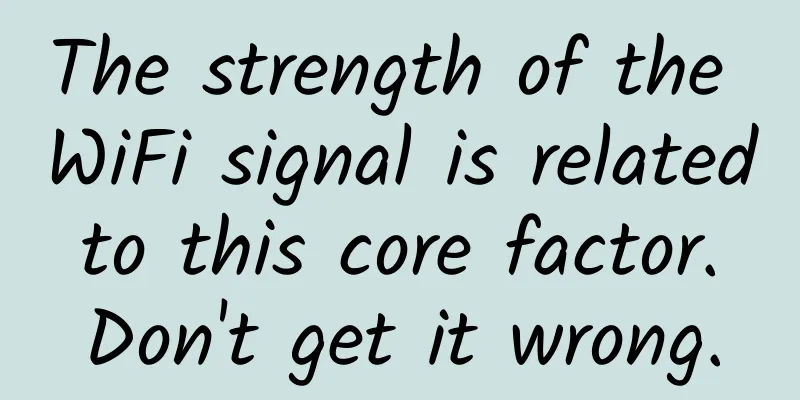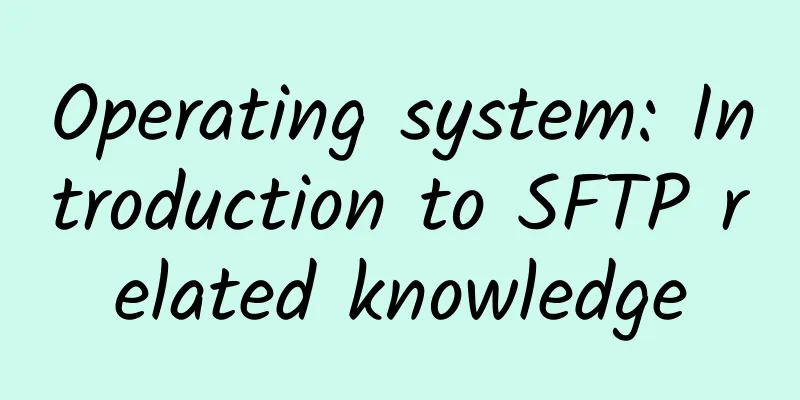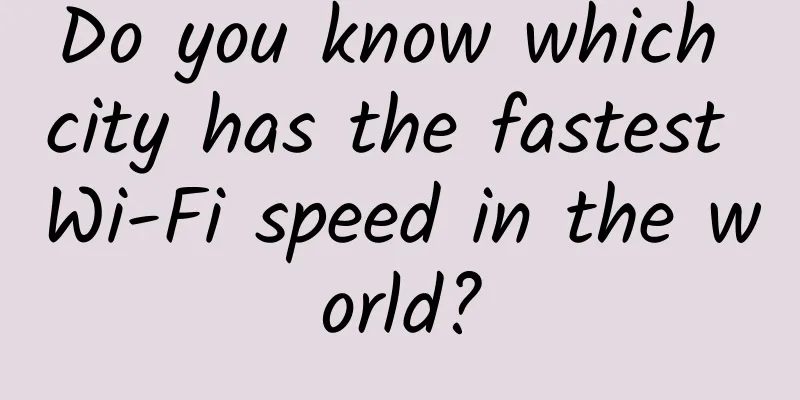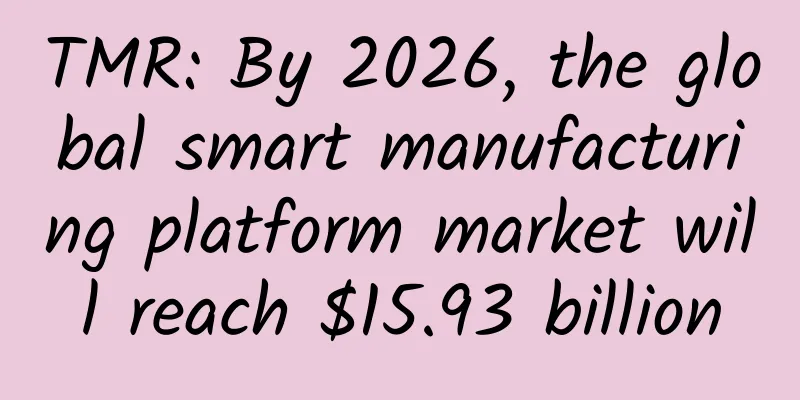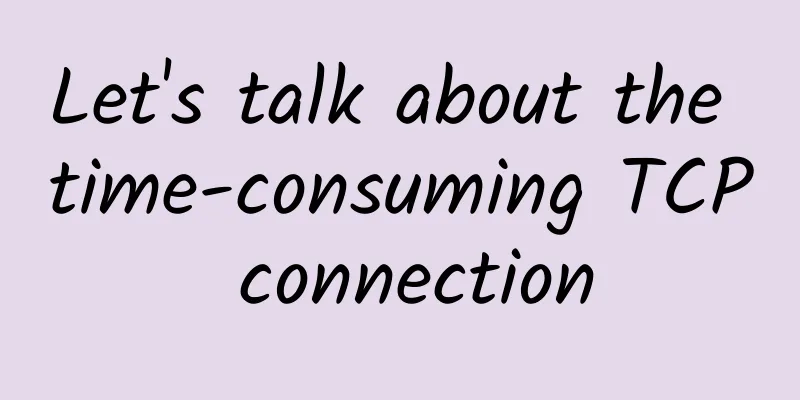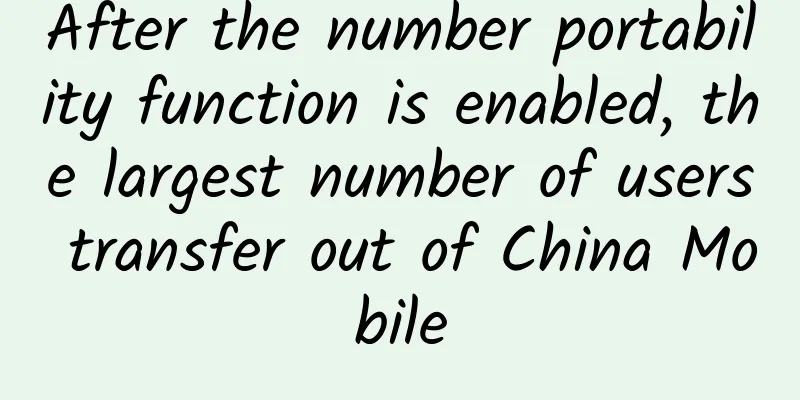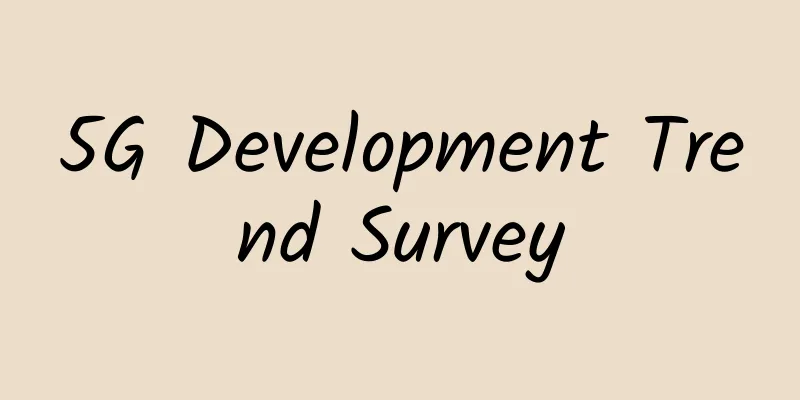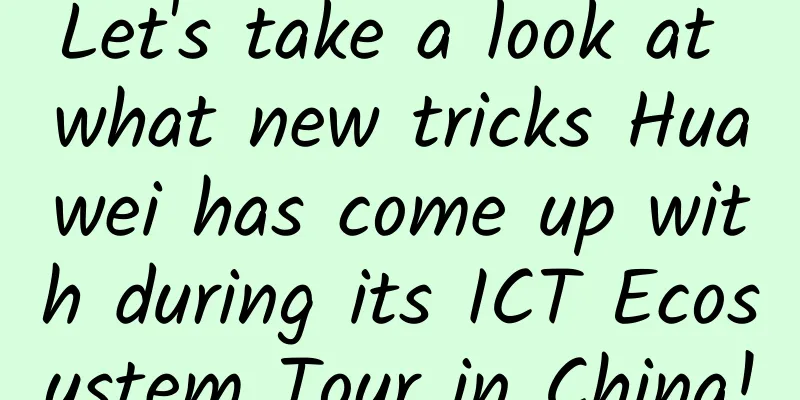The Internet of Things in the 5G Era
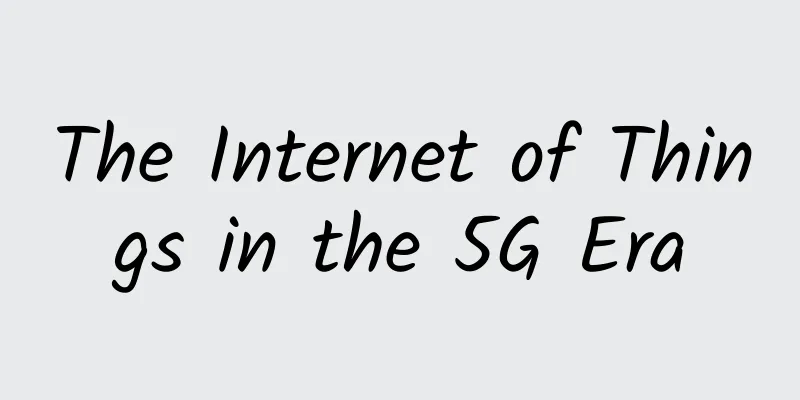
|
The government envisions making India a $5 trillion economy by 2025, and a major requirement for achieving this goal is to transform its digital infrastructure. According to a McKinsey report, implementing faster connectivity in mobile, healthcare, manufacturing, and retail could add $1.2 to $2 trillion to global GDP by 2030, which would have a cumulative economic impact of $1 trillion on India by 2035. With this in mind, the country is planning to roll out 5G to expand new-age technologies and various digital applications. The next-generation 5G network will allow businesses and governments to leverage technologies such as IoT, AI, AR/VR, and private LTE to support Industry 4.0. 5G will enable more mission-critical IoT devices to connect reliably over wireless while providing enhanced broadband for immersive, seamless experiences and better access to healthcare, education, e-governance, banking, crisis management, etc. According to GSMA, 5G technology will contribute approximately $450 billion to the Indian economy during 2023-2040 (0.6% of GDP by 2040). 5G will stimulate innovation in various industries and give rise to emerging technologies such as the Internet of Things, making it an indispensable part of the economy and lifestyle. 5G's impact on the Internet of Things and its applicationsIDC predicts that there will be 41.6 billion IoT devices in 2025. The increase in the number of IoT devices in the region requires ultra-low latency, higher reliability, massive network capacity, and higher availability, which can be delivered with the help of 5G speeds. 5G provides a consistent user experience by creating a more stable connection. In addition, 5G will speed up the data transmission process, which is a challenge faced by today's IoT technology due to system disconnection. With the use of sensors and smart applications, people can easily transmit data from anywhere. 5G will enable us to remotely control more devices in situations where real-time network performance is critical, such as remotely controlling heavy machinery in hazardous environments, thereby improving worker safety and even remote surgery. In addition, smart cities are betting big on the Internet of Things because it will affect the development of traffic management, waste management, road safety, emergency response, etc. In short, if 4G was about speed and information, 5G will be about creating experiences and opening up a world of opportunities for industries and telecom service providers. Challenges IoT devices pose to 5G networksA report by the Internet and Mobile Association of India (IAMAI) estimates that India will have more than 900 million internet users by 2025. This is directly proportional to the exponential growth in bandwidth demand and capacity of 5G networks, which may become a significant issue for Internet Exchange Points (IXPs) in India in the coming years. In a data-driven world, 5G IoT deployments will face complex online security threats, but communications are expected to grow at faster data speeds than ever before. This will drive cloud-based services and data to be as impenetrable as possible to protect user data and privacy. To reduce complexity, IT needs to have a deeper understanding of the network to track devices, estimate multi-path SLAs, and use AI and ML to further enhance the experience. On the other hand, users need to be more cautious and strict about their data and privacy. Therefore, the transition to 5G may not be easy in the early stages, and new challenges will emerge as we enter this new era of communications. An emerging era of technology with endless use casesThe integrated ecosystem of 5G and IoT has the potential to revolutionize India’s infrastructure if synchronized in a systematic manner. The seamless integration of the two technologies can help industries across sectors take practical steps in the value chain. With the open roaming capabilities of Wi-Fi 6E, manufacturers can easily connect public 5G to private Wi-Fi 6E and make the two technologies work in harmony to enhance the user experience. Private 5G supports connectivity for a full range of technologies and use cases from the factory floor to the supply chain, remote sensors, and customer engagement. The synergistic combination of 5G+Wi-Fi6 networks supporting IoT devices will usher in a new era of digital connectivity. It represents a major shift in the IoT ecosystem, ensuring faster speeds, lower latency, higher reliability and a unified user experience. With its extraordinary efficiency, 5G will drive technology applications to be better, more convenient and more economical. It will further improve the quality of users' daily lives, from personal applications to fundamentally changed work and lifestyles. |
<<: Byte One: The server is down, is the client's TCP connection still there?
>>: How the wireless network market will develop in 2022
Recommend
Huawei launches the next-generation CloudLink collaborative telepresence to connect time and space and change the future
[Beijing, China, September 6, 2018] Huawei held t...
Development of Multi-core Fiber Connector Technology
Professor Ryo Nagase of Chiba Institute of Techno...
Only 91 base stations were built in two years. Why is 5G millimeter wave so difficult?
[[405114]] This article is reprinted from the WeC...
Kerlink and Radio Bridge provide LoRaWAN solutions for private IoT networks
According to recent announcements, Kerlink and Ra...
IPv6 Basics: Neighbor Discovery Protocol NDP
In this issue, we will introduce the basic neighb...
10gbiz New Year Promotion: Hong Kong/Los Angeles CN2 GIA line VPS 40% off $2.75/month, Bare Metal Server 58% off
10g.biz has launched its 2022 New Year event. In ...
SpartanHost: Seattle AMD Ryzen/E5 series large-scale replenishment, 10Gbps port high-defense host starting at $3.5/month
SpartanHost is a foreign hosting company founded ...
5G+Wi-Fi 6 accelerates the Internet of Everything
According to CAICT's forecast, by 2025, 5G wi...
"5G spreads COVID-19" is a hot topic in India. The Indian Ministry of Telecommunications: Where does our 5G come from?
It is reported that since the epidemic situation ...
Juniper Networks combines Mist AI with Intelligent Session SD-WAN and SRX secure branch gateways to deliver the best user experience from client to cloud
As a leader in providing AI-driven secure network...
In the 5G era, edge computing is used to accelerate the development of interconnected manufacturing
In recent years, 5G and the Internet of Things ha...
HTTP History - From HTTP/1 to HTTP/3
Birth When talking about http, we must first unde...
Industrial Internet communication protocol types, functions and connection methods
With the advent of Industry 4.0, the Industrial I...
Which 5G package is the best? Each of the three has its own advantages. You should choose based on your actual usage needs.
5G network has many advantages such as high speed...
Different Types of Network Cables and Their Uses
In today's connected world, network cables pl...
